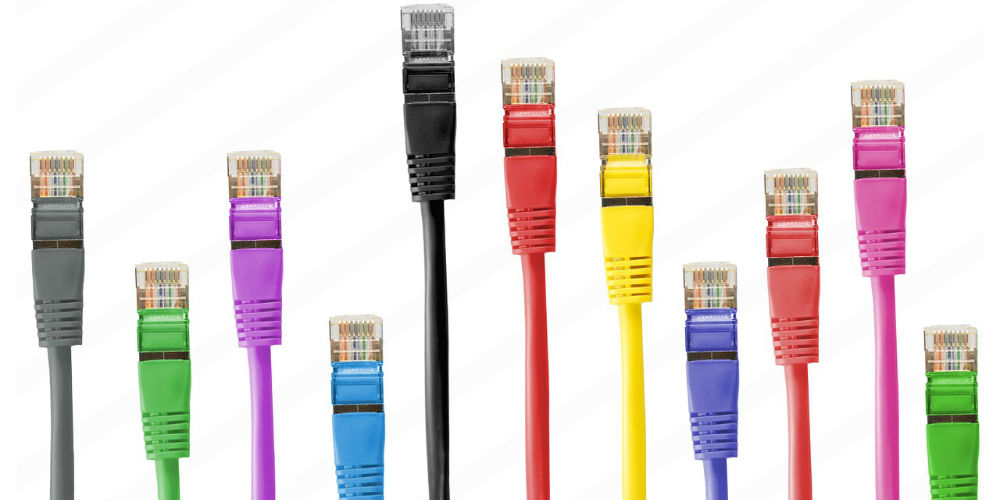According to The Guardian, new developments made in fiber optics – they can now detect light that has been twisted into a spiral – might make the internet 100 times faster than it is now. The developments can also be used to upgrade networks and boost efficiency.
How it works:
The Guardian says that currently, fiber optic cables use light to transmit information; however, that information can only be stored based on the light’s color, and whether its waves are horizontal or vertical.
Twisting the light enables engineers to “create a third dimension” for that light to carry information, similar to the double helix structure of a strand of DNA. “The more you can use angular momentum the more information you can carry,” said RMIT professor Min Gu, who has been working on this technology.
U.S. researchers working on this were also able to create a “reasonable-sized” information detector – the width of a human hair (whereas previous detectors were “the size of a dining table,” The Guardian says). “We could produce the first chip that could detect this twisting and display it for mobile application,” Gu told the Guardian.
What this means:
First and foremost, the new technology can be used to update larger fiber optic networks. For example, Australia’s national broadband network is planning to upgrade its multiple pre-existing networks, and expects to finish the install by 2020. By then, NBN Co, the company completing the install, predicts that “4.6m homes will have fiber to the node, 1.4m will have fiber to the curb, and 2m will have fiber to the premises.”
Researchers, including Gu, say that these developments can also work with networks with large amounts of copper wire. “We will definitely reduce this hurdle,” Gu told The Guardian. “We will make this transfer more efficient.”
A spokesperson for the twisted fiber optic network told The Guardian that they are “prepared for future demand,” especially once there is more buy-in from users.
If you enjoyed this article and want to receive more valuable industry content like this, click here to sign up for our digital newsletters!










Leave a Reply